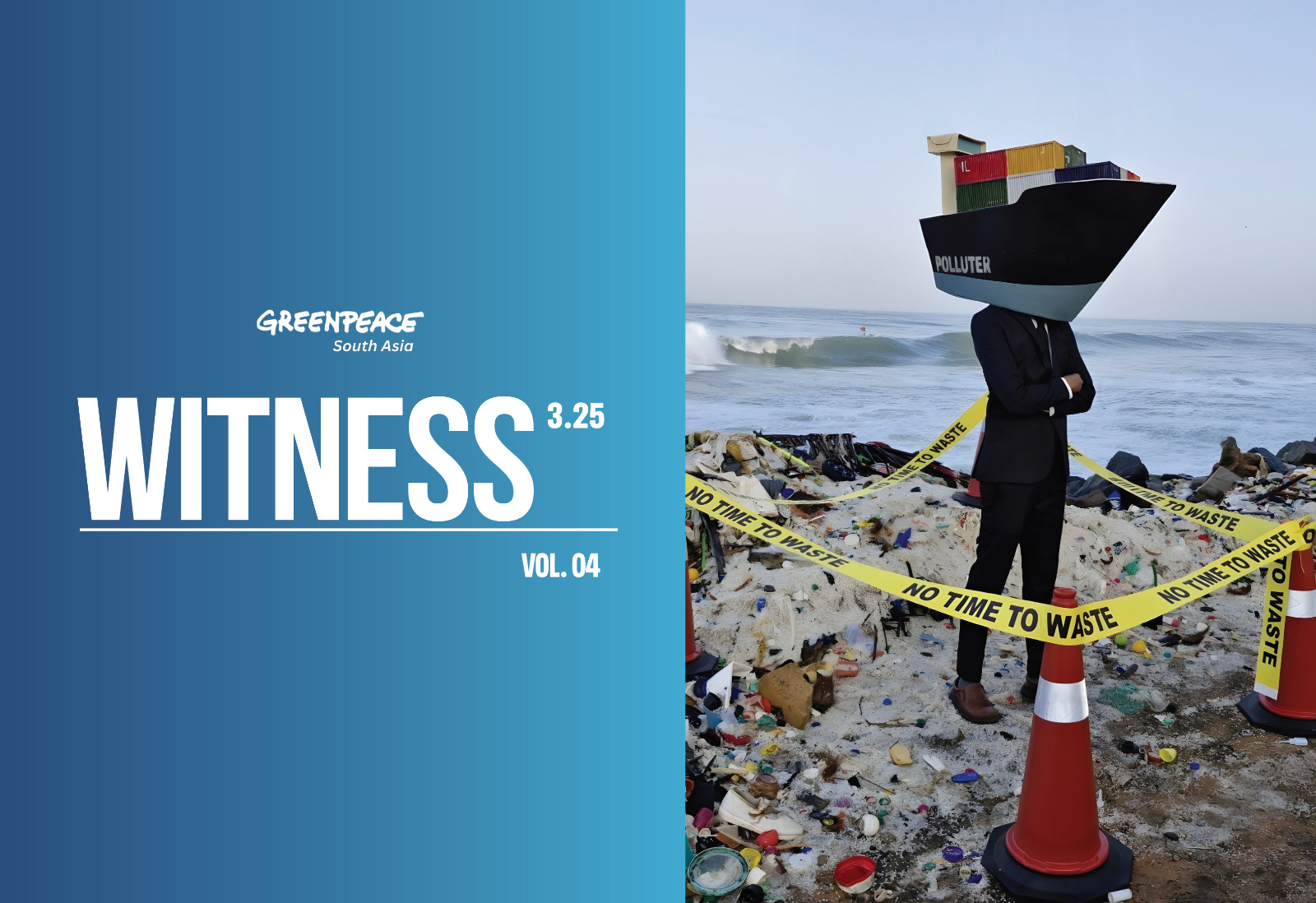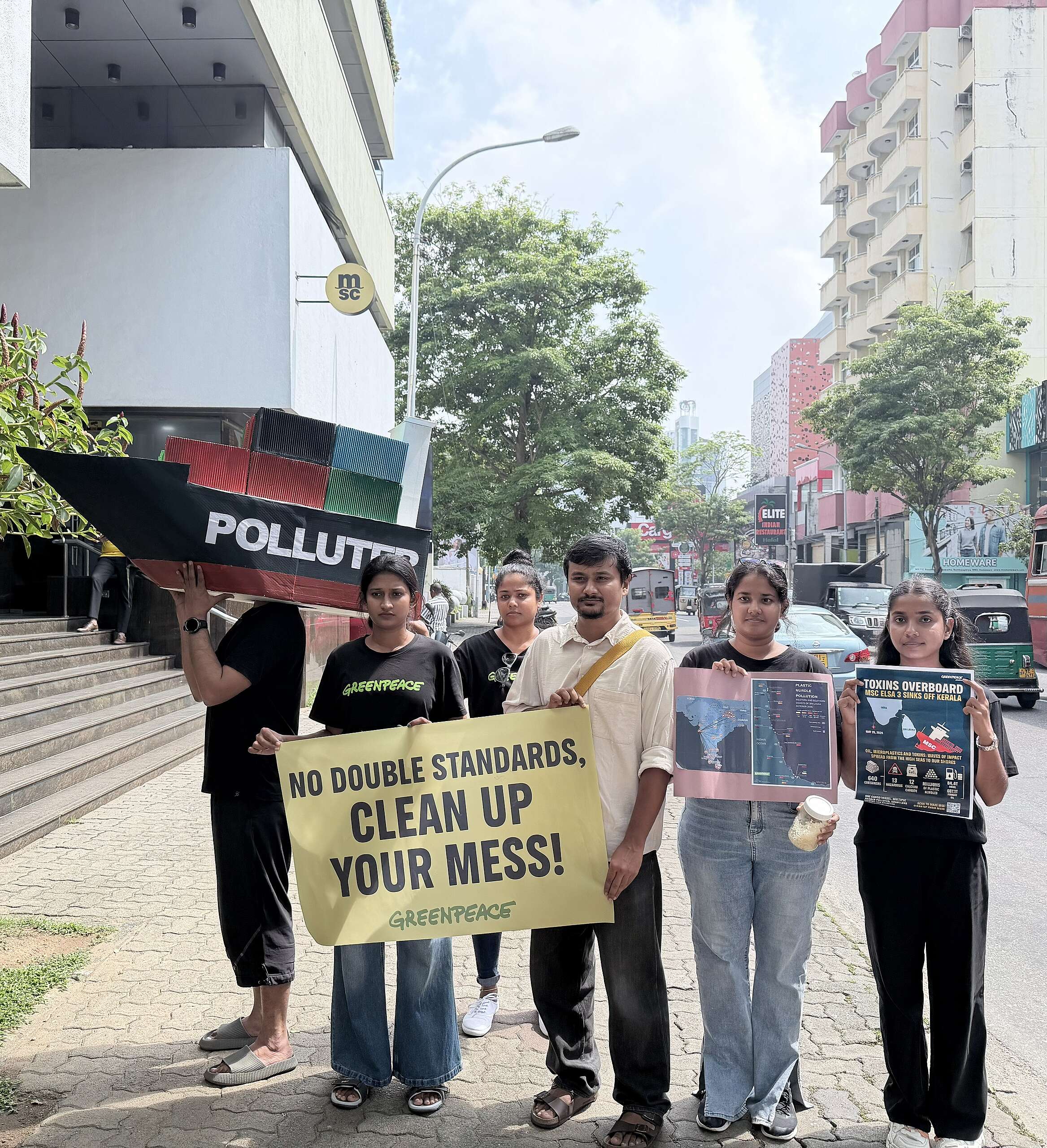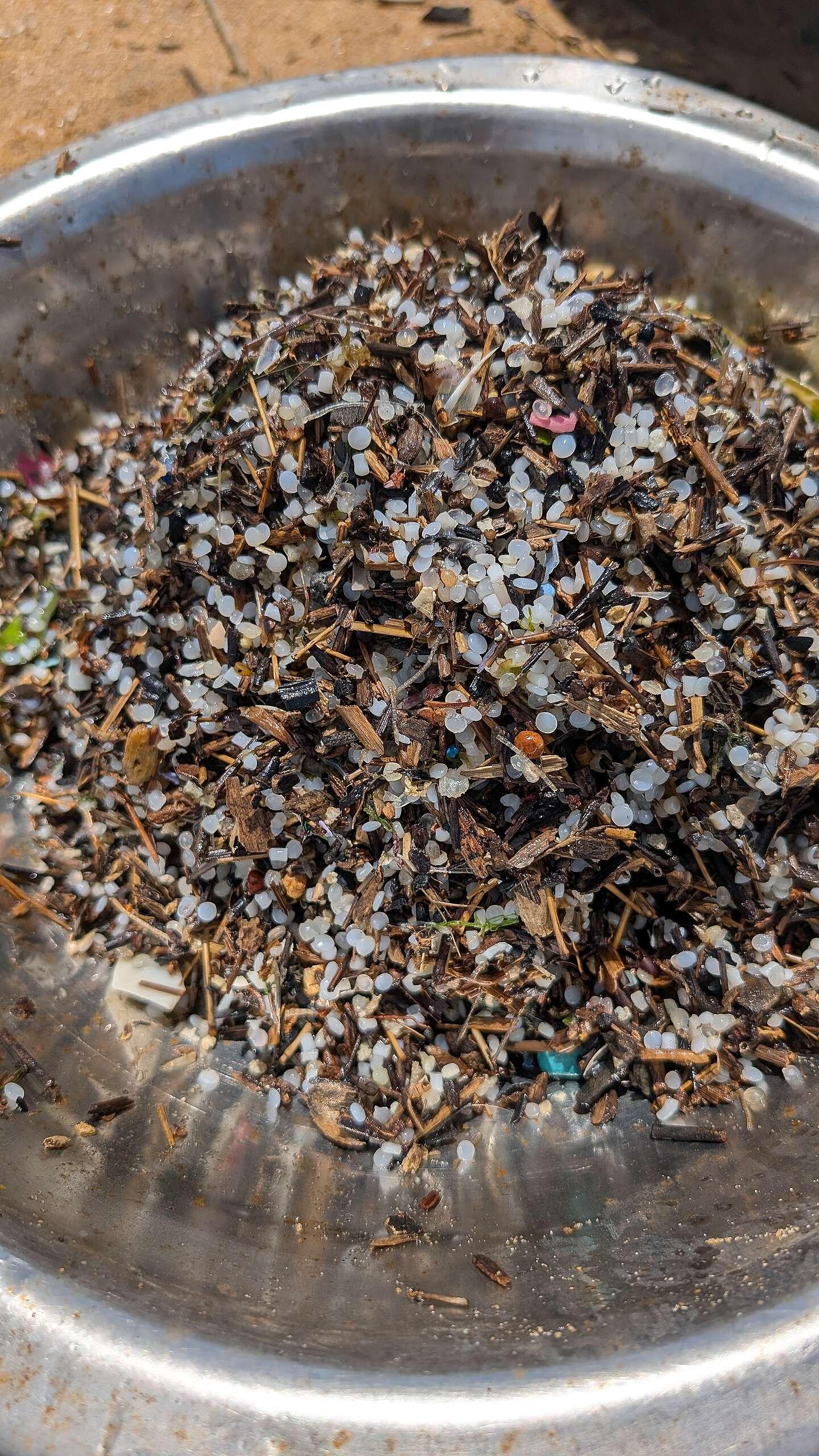The United Nations Agreement on Biodiversity Beyond National Jurisdiction (BBNJ), also referred to as the High Seas Treaty or Global Ocean Treaty, is the first legally binding agreement focused on conserving marine life on the High Seas.
Until now, the Convention on Biological Diversity (CBD) has been the primary global instrument in providing direction to states to establish Marine Protected Areas (MPAs) in their relevant Exclusive Economic Zones (EEZ). The CBD acknowledges that protective measures are necessary in areas beyond the national jurisdiction (ABNJs) but the CBD’s potency is limited in providing a framework for establishing High Seas MPAs and to take collective action for protecting the High Seas.
The Global Ocean Treaty finally addresses this significant governance gap, the conservation and sustainable use of marine biological diversity beyond national jurisdiction which sets a framework for establishing Marine Protected Areas (MPAs) on the high seas, which was missing from previous drafts.
In participation in the dialogue at the UN Headquarters in New York, Sri Lanka welcomed the Agreement which would provide a framework for sharing marine genetic resources of the high seas, undertaking Environmental Impact Assessments (EIAs), and establishing Marine Protected Areas (MPAs).

What are the High Seas?
The High Seas means the rest of the ocean beyond the Exclusive Economic Zones (EEZ) – 200 nm (about 370 KM) from the shore, comprising 61% of the world’s oceans and 73% of its volume, where all states can fish, navigate and do research. It is home to millions of species and ecosystems, and they are crucial to many of the key functions that sustain life on our blue planet. Since all countries have the right to exploit resources from the high seas, marine life there becomes particularly vulnerable to unchecked exploitation. Also, it is undisputed that oceans are crucial to mitigating the effects of climate change. But a number of stresses, including industrial fishing, pollution, and the growing threat of a deep sea mining industry, are posing increasing challenges to the High Seas.
Significance of the High Seas Treaty
After years of negotiations, the Global Ocean Treaty was formally adopted at the UN headquarters in New York in June 2023. This treaty is a powerful tool that can help achieve the goal to protect at least 30% of the high seas by 2030, in line with the 30×30 target of the Kunming-Montreal Global Biodiversity Framework (GBF), agreed by all nations under the Convention on Biological Diversity (CBD) in December 2022.
To address both existing and emerging threats to High Seas biodiversity, the Global Ocean Treaty comprises four major provisions:
- Area-Based Management Tools (ABMT), including Marine Protected Areas (MPAs)
- Environmental Impact Assessments (EIA)
- Marine Genetic Resources (MGR), including access and benefit sharing
- Capacity Building and the Transfer of Marine Technology (CBTMT).
On June 19th, 2023, the United Nations formally adopted the final text of the Global Ocean Treaty. The implementation of the treaty, which will only happen 120 days after 60 states ratify it, started with this step. Considering prior experiences, for example – the United Nations Convention on the Law of the Sea (UNCLOS) took 12 years to ratify, this can take quite a while. The UNCLOS adopted in 1982, of which Sri Lanka is a signatory, came into force in 1994.
But there is no time to lose, the timescale is incredibly tight. If the High Seas are left out, that 30% protection target to achieve in the world oceans by 2030 will never be met.
So, an immediate action is imperative.

Five reasons why Sri Lanka should ratify the High Seas Treaty?
- Enhancing Maritime Security and Reducing Overfishing
Sri Lanka continues to be challenged by a variety of maritime-related issues including, the impacts from mega shipping companies which contribute significantly to marine pollution through oil spills, ballast water discharge, and the release of hazardous substances. Besides, the high seas are particularly vulnerable to resource depletion from overfishing, and Illegal, Unreported, and Unregulated (IUU) Fishing, due to weak enforcement mechanisms.
Following its ratification, The Global Ocean Treaty will be put into effect to start establishing Marine Protected Areas or Ocean Sanctuaries – highly and fully protected areas free from destructive activities. Such marine sanctuaries will reduce the negative impacts that ocean acidification, ocean pollution, and the overexploitation of marine resources have on ocean ecosystems, helping them to recover and maintain vital services for humankind. The Treaty will encourage the sustainable use of marine biodiversity beyond Sri Lanka’s national jurisdiction, and will require states and companies exploiting marine genetic resources from the high seas, to share their findings for the common good. It is now up to Sri Lanka to upgrade our legal framework and ratify this new High Seas Treaty.
- Protecting Marine Biodiversity and Strengthening Ocean Ecosystems
A network of Marine Protected Areas or ocean sanctuaries which can be established under the treaty would provide a safe refuge for fish populations and aid them to recover, ultimately benefiting fisheries. As fish populations regenerate within fully or highly protected MPAs, they can migrate to adjacent waters, thereby boosting the productivity of surrounding fisheries. This can also involve controlling marine pollution, and enforcing fishing regulations in order to safeguard vital habitat for marine megafauna.
- Mitigating Climate Change Impacts
The impacts of climate change in Sri Lanka have become more evident in recent years, with an increase in extreme weather events such as heatwaves, flash floods, and landslides. These events have had devastating effects on both the environment and the livelihoods of the people living in Sri Lanka. By signing and ratifying the High Seas Treaty, Sri Lanka has the opportunity to contribute to the mitigation of climate change on its coastal ecosystems and communities. The implementation of Marine Protected Areas will not only safeguard marine organisms in deep waters, but it will also allow carbon sequestrators (e.g. whales, plankton, seaweed) to operate more efficiently. This means that these organisms can continue to absorb and store carbon dioxide from the atmosphere – which are emitted by land-based activities, helping to mitigate the effects of climate change and preserve the balance of marine ecosystems in the region. This will also help in buffering ocean acidification near surface waters.
- Strengthening Sri Lanka’s Role in Global Ocean Governance
Additionally, given Sri Lanka’s location on a major shipping route and along the ‘Blue corridors’, the treaty would be extremely important for high seas regulatory framework, where the ‘Blue corridors’ are vital migration corridors for amazing and exceptional group of creatures including whales, dolphins, sharks, and sea turtles, which rely on these critical habitat areas for survival. Thus, implementing Marine Protected Areas (MPAs) under the treaty will play a crucial role in safeguarding these creatures and their habitats as well. By signing the treaty, developing nations like Sri Lanka will get the benefit of boosting marine science expertise and adopting conservation measures through the use of capacity-building initiatives that developed states have pledged to fund under the provisions of the treaty.
- Promoting Fair Access to Marine Genetic Resources
We are aware that not every nation has the capability to harvest or research Marine Genetic Resources (MGR), which are primarily extracted for pharmaceutical purposes. We should take action to halt “biopiracy,” where wealthy nations acquire resources from areas just outside their territories and profit from them. As the High Seas Treaty mandates fair and equitable sharing of financial benefits from genetic resources for marine conservation, what it brings to light is the need to ratify the treaty to secure these advantages, where Sri Lanka can actively participate in global efforts to protect the high seas and establish strong regulatory frameworks for ‘Blue corridors,’ vital for the survival of marine species like whales, dolphins, sharks, and sea turtles.
Last, yet most importantly, it is imperative that we formalize our adoption, ratification, and implementation of the BBNJ agreement to ensure a sustainable future for generations to come, imposing our role in international committees to shape rules that uphold marine conservation and biodiversity. The time to act is now. The call for ratifying the High Seas Treaty is more pressing than never before, as the threats to our oceans escalate each day. The treaty now awaits ratification by UN member-states.
PS: Eight countries have ratified the treaty so far, which are Cuba, Micronesia, Mauritius, Monaco, Seychelles, Belize, Chile, and Palau. Let’s hope that Sri Lanka will soon join these nations in ratifying the treaty, displaying our commitment to marine conservation and sustainability.
References:
https://highseasalliance.org/treaty-ratification/
Deasy, K., 2023. What we know about the new High Seas Treaty. npj Ocean Sustainability, 2(1), p.7.
Aziz, Q., 2023. Why the New High Seas Treaty Is Important for Developing Countries. PLR, 14, p.81.
Sulochana Ramiah Mohan; 2023, Ceylon Today, 17/07/2024, https://ceylontoday.lk/2023/03/11/a-big-deal-for-high-seas-un-to-restrict-exploitation-by-universal-ratification/
Greenpeace; 2023, 17/07/2024
https://www.greenpeace.org/static/planet4-malaysia-stateless/2023/09/20c3c689-30×30-greenpeace-executive-summary-english.pdf
Greenpeace; 2019, 17/07/2024
https://www.greenpeace.org/static/planet4-international-stateless/2019/04/4475b2c2-updatedgreenpeace_30x30_blueprint_report_web.pdf
United Nations; 17/07/2024,
https://news.un.org/en/story/2023/06/1137857



